Help EarthSky keep going! Please donate what you can to our annual crowd-funding campaign.
From many places worldwide – especially at temperate latitudes to the south of Earth’s equator – it was a challenge to spot the young moon in the west after sunset on March 7, 2019. After all, the moon was new – or most nearly between the Earth and sun for this month – on March 6 at 16:04 UTC; translate to your time. So it was a very skinny waxing crescent that was out after sunset on March 7, a pale whisker of a crescent bleached out by the haze of early evening twilight. Plus the moon set shortly after the sunset on March 7.
On the other hand, the young moons on the evening of March 8, 9 and 10 will be much easier to see. And the weeks around the spring equinox are the best time to look for very young moons.
For the Northern Hemisphere, that means now!
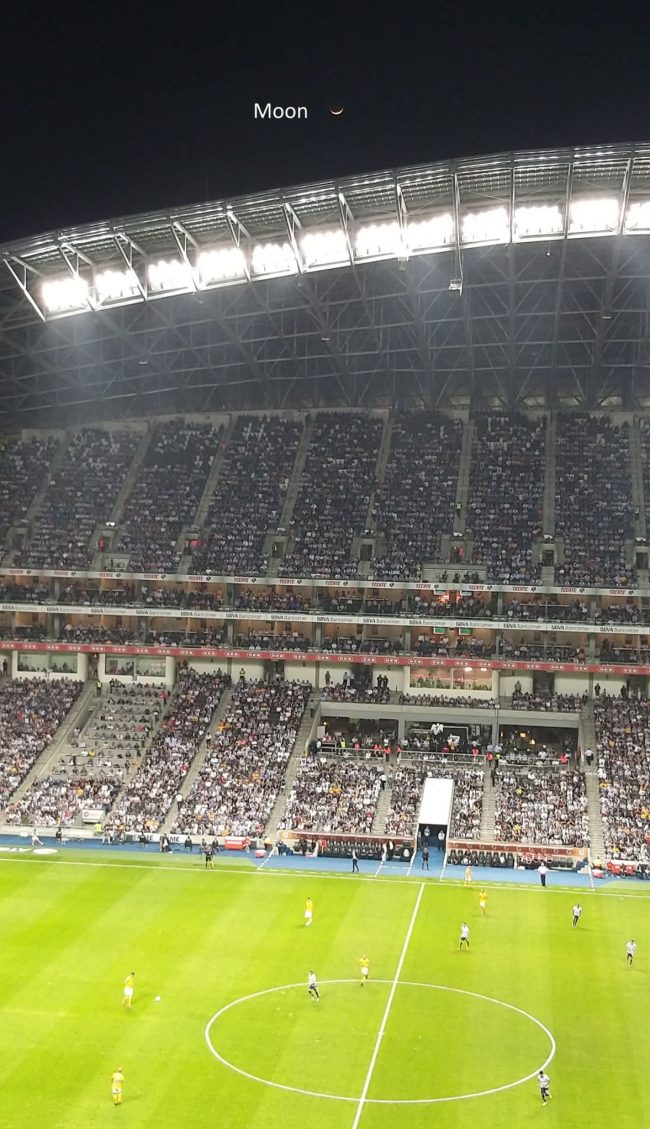
By the way, for the fun of it, we also show Mercury on our sky chart above. We don’t know if any of you super sky gazers will spot this faint world, which is also near the sunset now.
After March 7, the evening crescent moon will get progressively easier to glimpse, while Mercury heads back into the sunset glare.
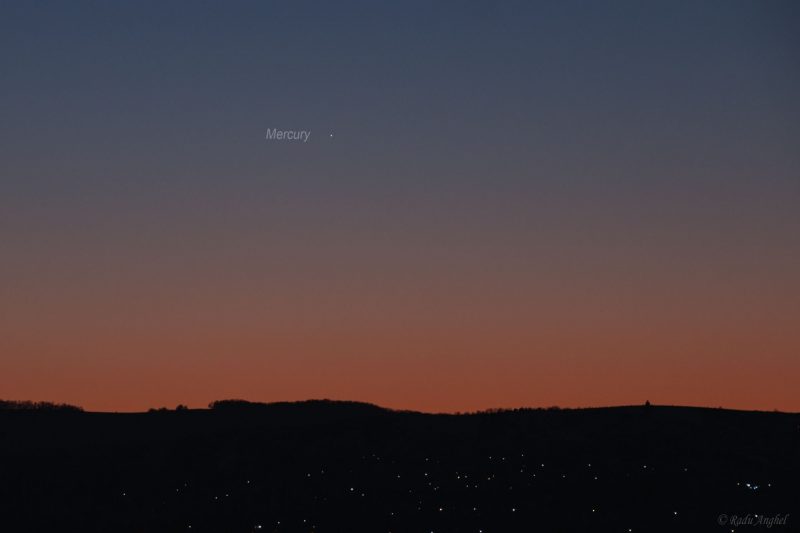
It’s tough to catch a moon that’s less than a day (24 hours) from new. The worldwide map below shows you where the sun set over eastern Europe and eastern Africa when it was exactly one day (24 hours) after new moon (March 7, 2019, at 16:04 UTC).
In this part of the world, on March 7, the moon was less than one percent illuminated by sunshine and set less than one hour after sunset.

And – as we said – young moons are easiest to see around late winter/early spring and least so around late summer/early autumn. Thus the Northern Hemisphere was favored for the March 7 young moon sighting, and it’s favored on the nights after that as well. The reason is that the ecliptic – the approximate monthly path of the moon in front of the constellations of the zodiac – hits the horizon at a relatively steep angle as the sun sets in the Northern Hemisphere. See featured sky chart at the top of this post.
In the Southern Hemisphere, as the sun sets in March, the ecliptic intersects the horizon at a shallow angle, keeping the moon low in the afterglow of sunset. See the chart below for the Southern Hemisphere view:
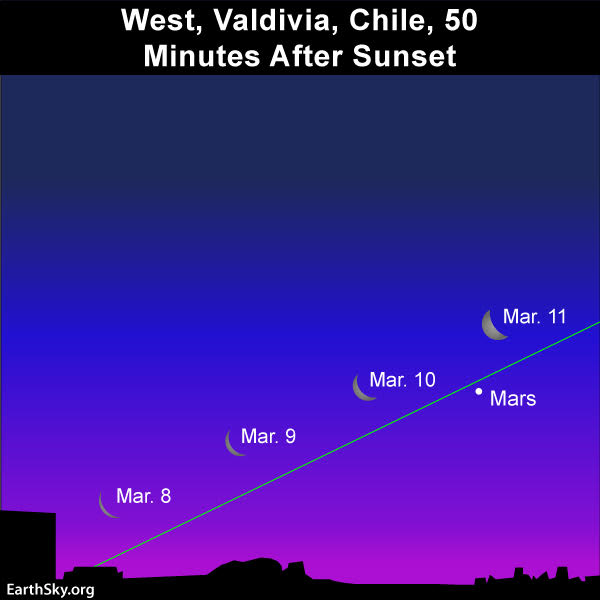
Keep in mind that the lit part of the young moon always points in the direction of sunset. As viewed from temperate latitudes in the Southern Hemisphere, the C-shaped lunar crescent is so oriented because the young moon is more to the side of the setting sun than right above it. But from the Northern Hemisphere, the U-shaped lunar crescent indicates that the young moon is more directly above the setting sun. That’s why the March young moon tends to stay out longer after sundown in the Northern Hemisphere.
No matter where you live worldwide, it’ll be easier to spot the young moon in the evening sky in the days following March 7. That’s because, day by day, the waxing crescent widens as the moon in its orbit moves farther east from the setting sun. Watch for the moon to climb upward, in the direction of the planet Mars, over the next several days.
From 40 degrees north latitude, where the angle of the ecliptic is steep, the young moon will set approximately one hour later each day for the next several days.
Yet, from 40 degrees south latitude, where the angle of the ecliptic is shallow, the young moon will set roughly 1/2 hour daily later for the next several days.
Click here to find out when the moon sets in your sky, remembering to check the moonrise and moonset box.
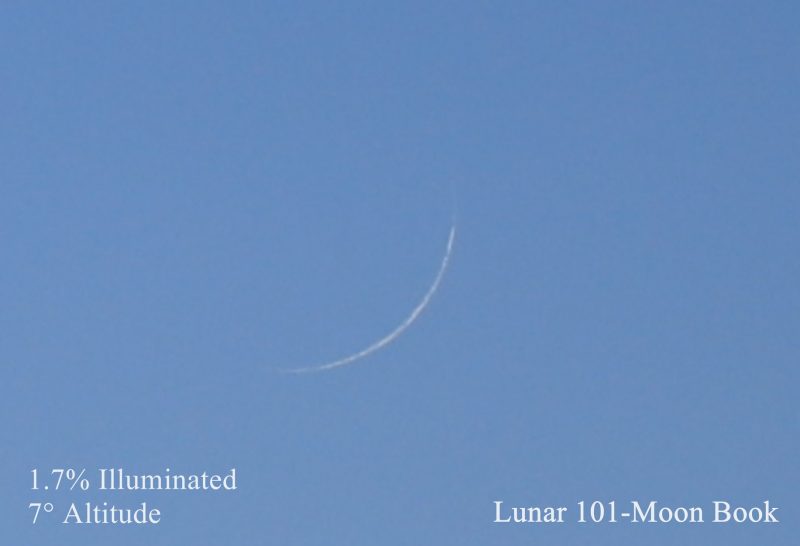
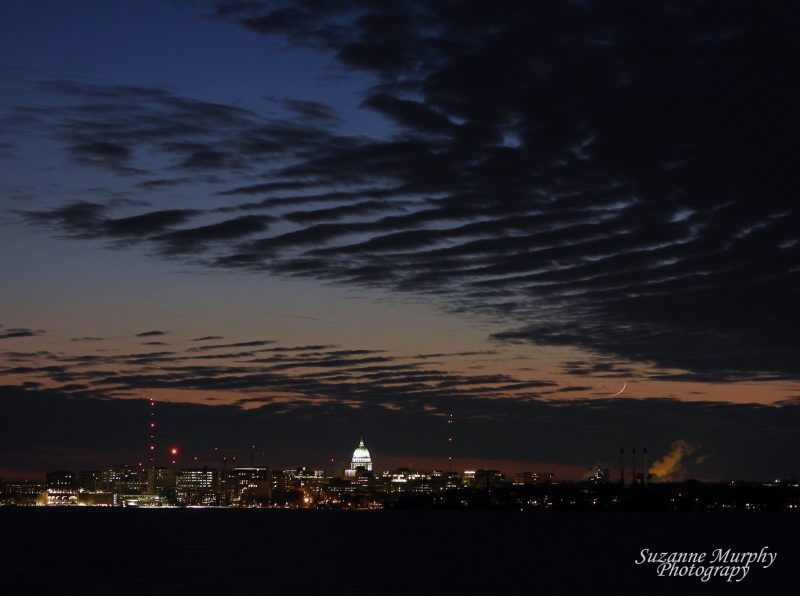
Bottom line: Springtime is a beautiful time of year to watch for young moons.











